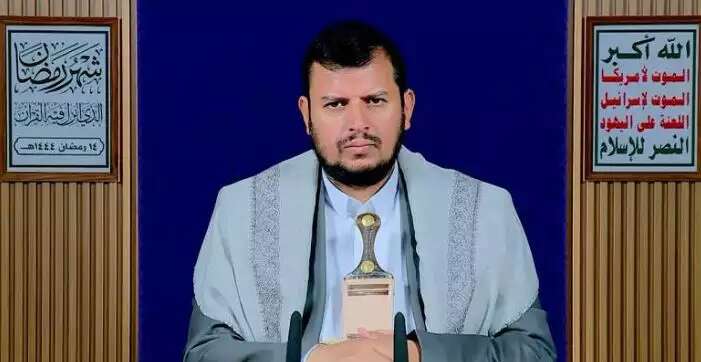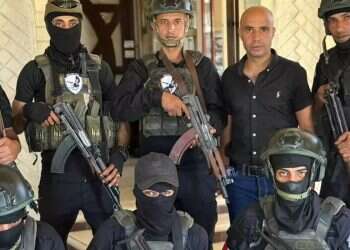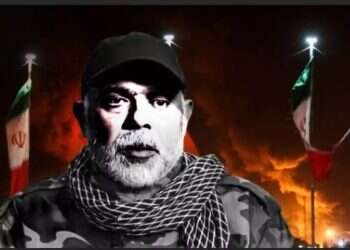On Sunday morning, a Houthi spokesperson announced that the terrorist organization launched "a hypersonic ballistic missile toward Israel, covering a distance of over 2,000 kilometers in 11 and a half minutes."
A source in Sanaa, familiar with the Houthis' regional relations, reveals that Iran's Revolutionary Guards oversaw the establishment of a joint "operations committee" in March, which included representatives from the Houthis, Hezbollah brigades in Iraq, and the "Master of Martyrs" Brigades. These are two pro-Iranian militias (operating under the umbrella of al-Hashd al-Shaabi), according to a report by the Sanaa Center for Strategic Studies, which specializes in Yemeni affairs.
Subsequently, in May, the Houthi leader, Abdul-Malik al-Houthi, announced the beginning of coordination of military operations between his militia, Ansar Allah, and pro-Iranian Shiite militias in Iraq. The next step came on June 6, when a Houthi spokesperson claimed that they and the Iraqi militias had carried out (allegedly) a series of attacks in the Mediterranean Sea. However, no other source confirmed that such actions took place.

Direct coordination of actions In any case, the main change was that pro-Iranian militias coordinated their actions directly among themselves, even if they were not effective. In the past, Revolutionary Guards personnel managed the coordination. According to the Sanaa Center for Strategic Studies, the relationship between the Houthis and the militias in Iraq began in 2015. At that time, al-Houthi appointed one of his loyalists as a representative in Iraq to handle political and economic ties, serving as an important fundraising center for the group.
Recently, al-Houthi appointed a senior militia official, Abu Idris al-Sharafi, as his new representative in Iraq. Al-Sharafi is considered an influential figure among the Houthis and previously oversaw the militia's military industries. He was also responsible for supervising the movements of Iranian senior officials who arrived in Yemen in the period before the takeover of Sanaa (2014). He later served as a commander in the Hodeidah governorate.
According to the Sanaa Center for Strategic Studies report, al-Sharafi now operates in Baghdad and other Iraqi provinces. There, he meets with senior Shiite militia officials and tribal leaders, among other things, to collect donations. The Sanaa Center for Strategic Studies describes the appointment as part of the Houthis' reassessment of their growing regional role.
According to The New York Times, the Iraqi government even allowed the Houthis to open offices in Baghdad. The report states that the offices mainly focused on developing relations with Iraq and were opened in June. The newspaper mentioned that a Hamas terrorist organization office was opened in Baghdad simultaneously.
Against this background, earlier this summer, a glimpse of the cooperation between the Houthis and the militias was revealed, one that doesn't only include threats against Israel. Foreign media reported that a senior Houthi militia official, specializing in drone production, was killed in a US strike near Baghdad.
According to reports, the strike targeted a terrorist cell preparing to attack American forces in the area of the Iraqi capital. Later, the death of a Houthi officer named Hussein Abdullah Mastoor al-Shabal, who also served as a liaison, was reported.




